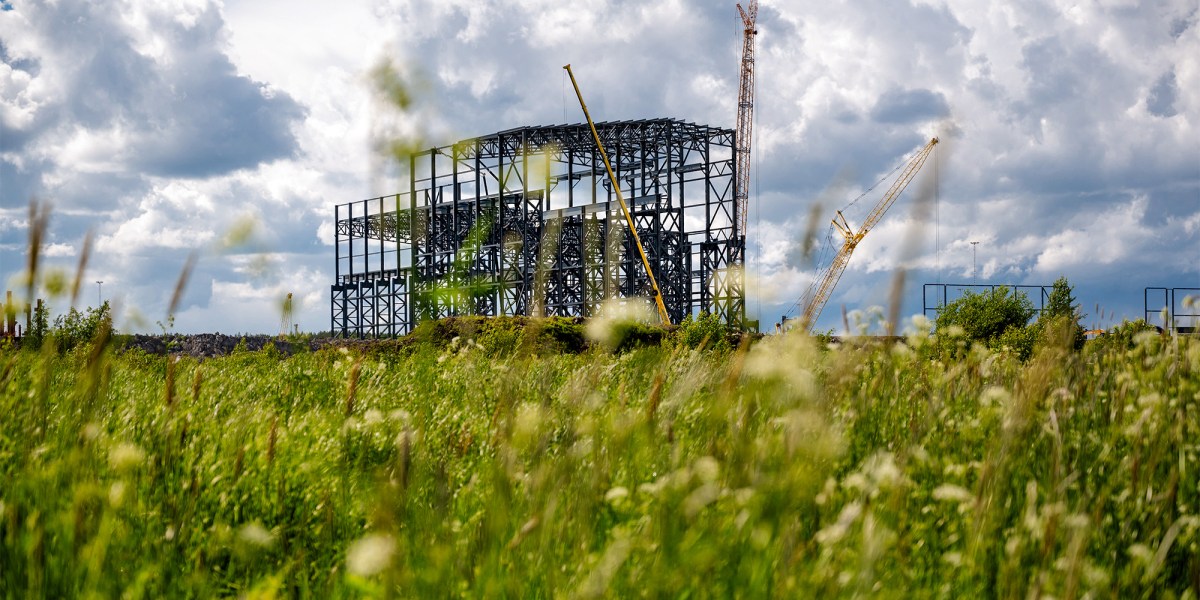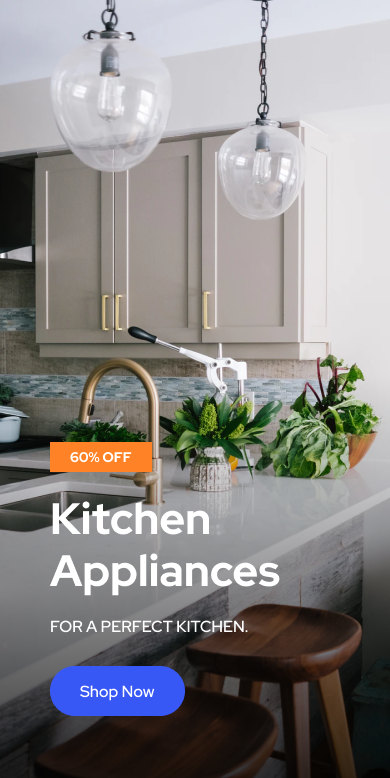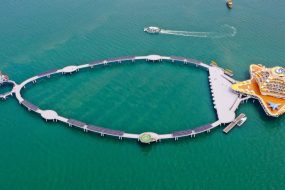
Some of these automakers—including Volvo, which will buy from Stegra and rival SSAB—are marketing cars made with the green steel as “fossil-free.” And since cars and trucks also have many parts that are much more expensive than the steel they use, steel that costs the automakers a bit more adds only a little to the cost of a vehicle—perhaps a couple of hundred dollars or less, according to some estimates. Many companies have also set internal targets to reduce emissions, and buying green steel can get them closer to those goals.
Stegra’s business model is made possible in part by the unique economic conditions within the European Union. In December 2022, the European Parliament approved a tariff on imported carbon-intensive products such as steel, known as the Carbon Border Adjustment Mechanism (CBAM). As of 2024, this law requires those who import iron, steel, and other commodities to report the materials’ associated carbon emissions.
Starting in 2026, companies will have to begin paying fees designed to be proportional to the materials’ carbon footprint. Some companies are already betting that it will be enough to make Stegra’s 30% premium worthwhile.

STEGRA
Though the law could incentivize decarbonization within the EU and for those importing steel into Europe, green steelmakers will probably also need subsidies to defray the costs of scaling up, says Charlotte Unger, a researcher at the Research Institute for Sustainability in Potsdam, Germany. In Stegra’s case, it will receive €265 million from the European Commission to help build its plant; it was also granted €250 million from the European Union’s Innovation Fund.
Meanwhile, Stegra is working to reduce costs and beef up revenues. Olof Hernell, the chief digital officer, says the company has invested heavily in digital products to improve efficiency. For example, a semi-automated system will be used to increase or decrease usage of electricity according to its fluctuating price on the grid.
Stegra realized there was no sophisticated software for keeping track of the emissions that the company is producing at every step of the steelmaking process. So it is making its own carbon accounting software, which it will soon sell as part of a new spinoff company. This type of accounting is ultra-important to Stegra, Hernell says, since “we ask for a pretty significant premium, and that premium lives only within the promise of a low carbon footprint.”
#worlds #industrialscale #plant #green #steel #promises #cleaner #future













